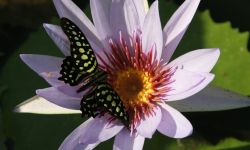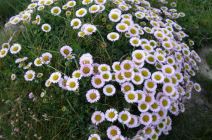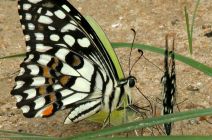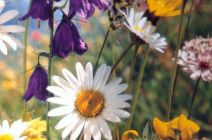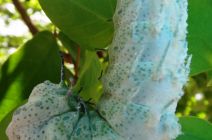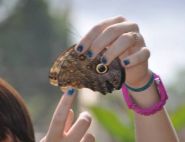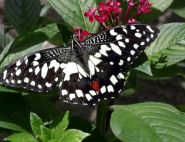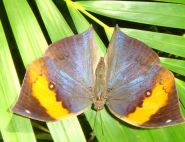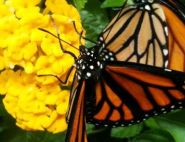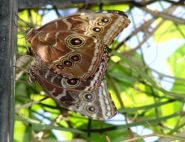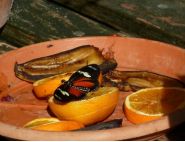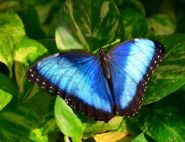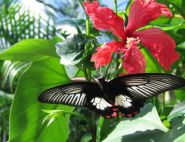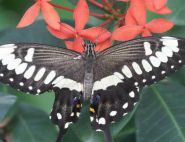Getting Started
Butterfly gardening is one way that everyone can take part in conserving nature and at the same time take great joy in bringing your own garden to life with these glorious jewels of creation. It's easy:First
you need to provide lots of nectar producing flowers that will attract the butterflies to your garden. Nectar is the butterfly's main source of food and everyone loves a free meal! The more flowers the more butterflies you will attract. However, if you want the butterflies to stay and multiply, then you must also provide the host or larval plants that the female butterflies will lay their eggs on. This is very important and a bit trickier. Why? Well, most butterflies will take nectar (food) from a wide variety of flowers, but female butterflies will only lay their eggs on the leaves of the specific plant that the caterpillar will eat. These are called host or larval plants. It is important to choose the correct host or larval plants for those butterflies native to your area. So, first is to plant lots of nectar producing flowers.
Second
Identify and plant the host or larval plants that the butterflies native to your area will lay their eggs on. Use the Regional Gardening Guide to find the easiest to attract butterflies in your region.
- Flowers Flowers, flowers, flowers. You cannot have too many from the butterflies point of view. Red is their favorite color. Plant groups of similar colored flowers together.
- Make sure you have plants that will flower throughout the season.
- Provide a muddy puddle in a sunny spot. Avoid the use of chemicals and pesticides.
- Plant in large groups or clumps. Choose the sunniest spot in your garden and try to protect your beds of nectar flowers from the prevailing wind.
- Butterflies like to bask in the early morning sunshine on sun-warmed rocks, bricks or gravel paths.
- Caterpillars are hungry. Provide plenty of host/larval plants for them to eat



